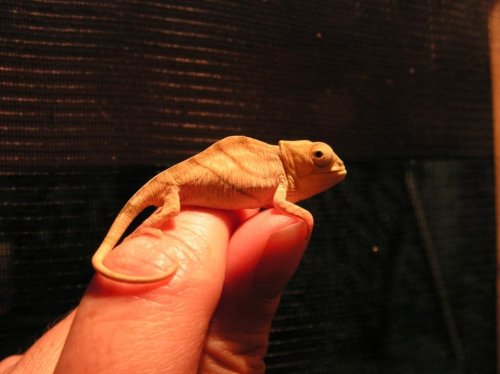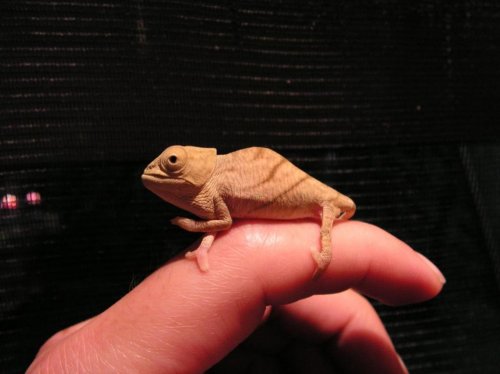Lancecham
New Member
Interesting observations, everyone. I definitely can believe that temperature spikes or generally too high of temperatures could result in deformations and it seems like a number of people have experienced situations which could be tied to that.
I was thinking more about my two cases and finally came up with a commonality. The clutch of Furcifer cf. lateralis var. "major" that had the babies that lacked the tail was given to me in a potted plant when I purchased the mother about a month after the clutch was laid. I subsequently removed the eggs and incubated them in medium. The clutch of Kinyongia tavetana that have just hatched were laid in the soil of one of my terrariums while I was out of town and I did not remove the eggs until a couple days later when I returned.
While an early temperature spike prior to moving them into incubation medium and an incubator could have occurred, I don't believe a brief temperature spike that early in incubation would cause it. On the other hand, its possible that I was not exact enough about placing the eggs in the exact manner they were laid and these two eggs were ever so slightly tilted, disrupting the development. Alternatively, perhaps there is some type of fertilizer in the potting soils that was able to leach into the peripheral eggs and interfered with the development.
I probably will never know for sure, but they are interesting thoughts.
Chris
More recently, I was using a Thin Geek incubator/refridgerator and it malfunctioned. When I went to bed the eggs were at the correct temp. When I woke up, the thermostat was at 110. I didn't use a temp gun to check the temp of the eggs as I was more focused on cooling the eggs down as quickly as possible. The eggs/medium was definitely warmer than my body temperature as the eggs and medium were very warm to the touch.
The eggs were at the 2 month mark of incubation. Every single egg hatched and every baby looked great they are about a month old now and looking fantastic.
I wish I knew how long the eggs were exposed to the high temps.









